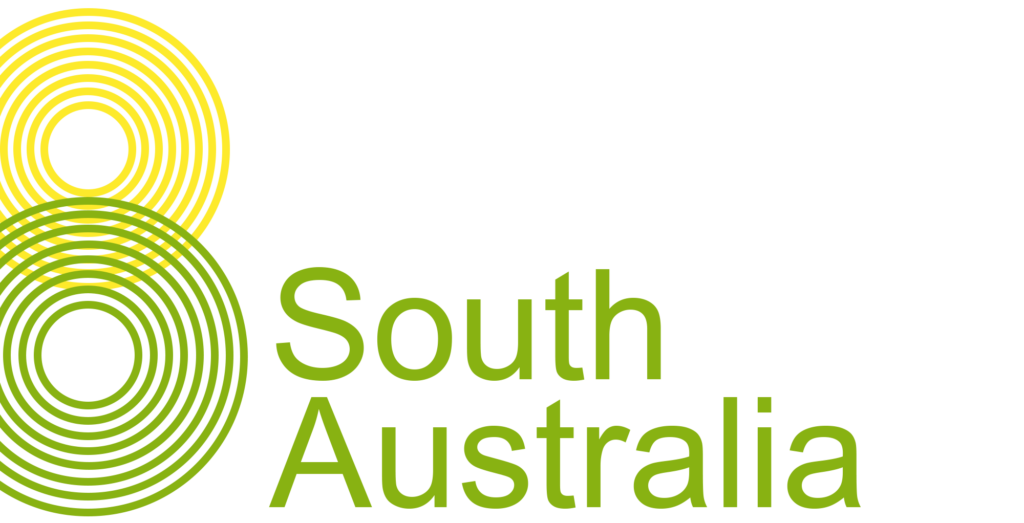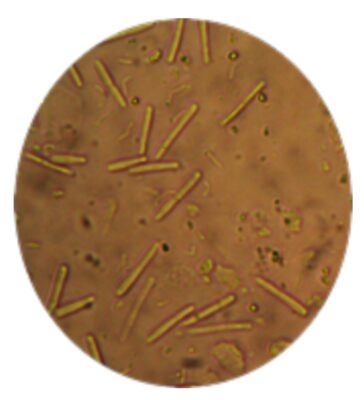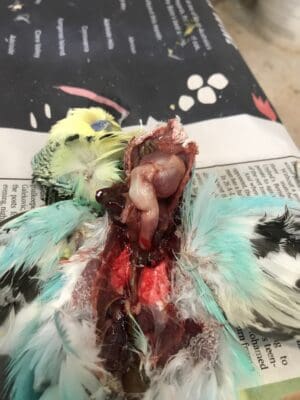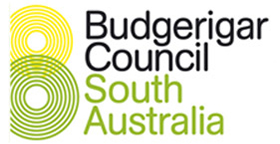
Megabacteria (Avian Gastric Yeast – AGY)
Megabacteria, also known as Avian Gastric Yeast or AGY, most often presents itself in the form of a weakened immune system. This condition is especially prevalent in Budgerigars. Firstly, detection is possible in droppings (faeces). Secondly, a bird that has AGY will show signs of being listless, persistently losing weight, and going light. Furthermore, the budgerigar that has AGY is characteristically quiet as it struggles to fend off the effects of its compromised immunity. Thus, it is more likely for budgerigars to get AGY if they have a compromised immune system. Naturally, budgerigars become susceptible to diseases when another illness weakens their resistance to disease.
Since AGY is a fungus, medications that specifically treat fungal infections are likely the only ones that can be successful against it. Exposure to a stressful environment or another illness often brings on AGY. However, not all birds exposed to AGY become sick. Changing the pH of the water with citric acid or apple cider vinegar is one strategy that some fanciers advocate in an effort to rein in AGY. However, this is contrary to information presented by Avian Veterinarians such as Dr Anne Fowler. Using Sodium Benzoate, a product that inhibits the growth of potentially harmful bacteria, mold, and other microbes, also helps.


Megabacteria Detection
Initial symptoms include wasting away of the body. However, some birds exhibit pain, much like a gut ache. Others produce a regurgitated sticky slime that appears to stick to the inside of the mouth. These birds appear to eat feverishly, but simply grind the seed into dust. A classic sign of AGY at necropsy is a dilated proventiculus at the lower end and where it joins the gizzard. The fungus (yeast) first coats itself on the proventriculus wall and then invades the secretion glands leading to ulceration and dilation of the proventriculus which prevents the normal digestion of food.
Recommendation If You Suspect Avian Gastric Yeast – AGY
The BCSA advises you to visit your neighborhood avian veterinarian if you suspect Avian Gastric Yeast – AGY. Naturally, look for signs of puffed-up feathers, an increased hunger, but continuing weight loss. Again, treatment of budgerigars is the area of expertise of an avian veterinarian. The veterinary technician will most likely inspect the bird’s droppings and may take a crop swab looking for signs of Megabacteria. Of course, AGY can spread to other birds, but not to humans or other animals.
An excellent article was written on Avian Gastric Yeast (AGY) by Belinda Brice of the Kayana Wildlife Rehabilitation Centre, and can be accessed here AGY Article.

Classic sign of AGY at necropsy – a dilated proventiculus at the lower end and where it joins the gizzard.
